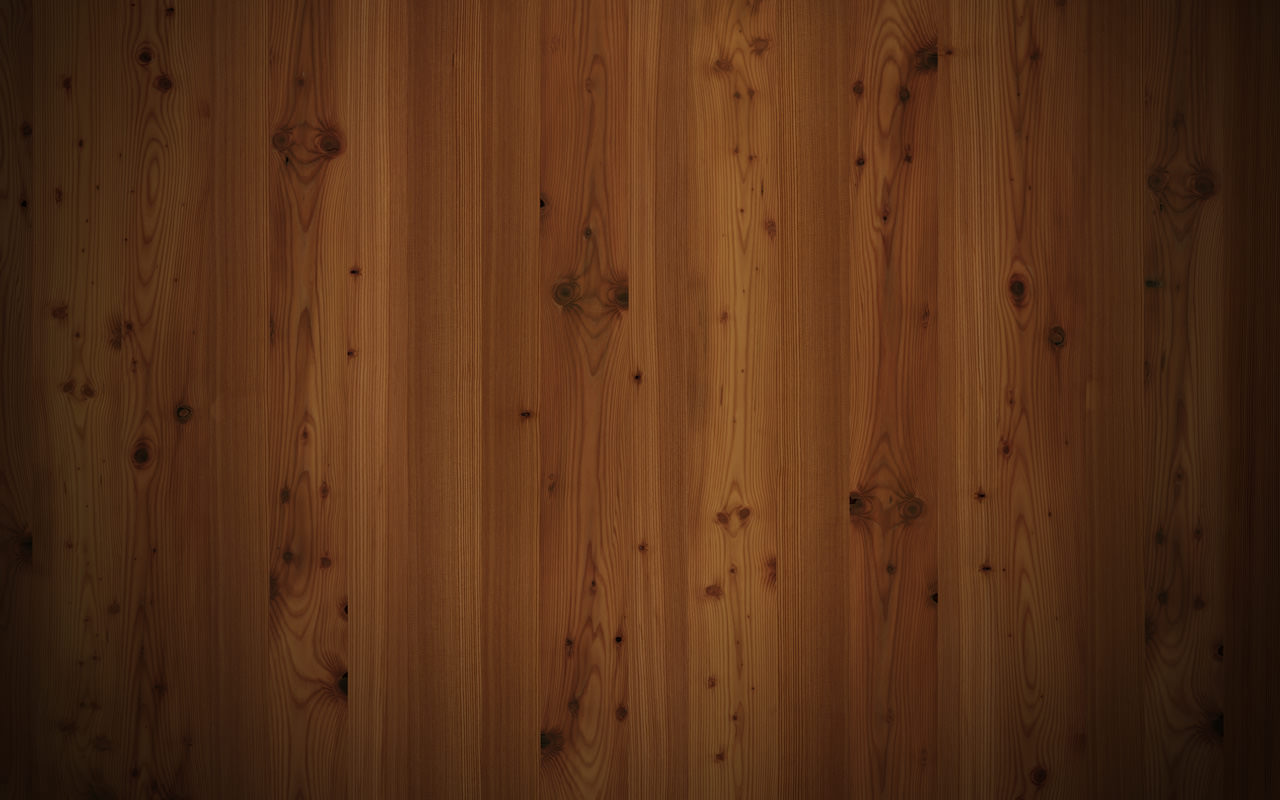

Resident Manual of Trauma to the Face, Head, and Neck
194
Chapter 9: Soft Tissue Injuries of the Face, Head, and Neck
1. Microdebridement
y
y
Accomplished with sterile saline, or tap water from a clean outlet
should sterile saline be unavailable, to decrease the bacterial load in
tissues.
y
y
Although several liters of saline irrigation are adequate, a 2:1 solution
of saline and povidone-iodine, usually in the volume of 1.5 liters is
preferable.
y
y
A surgical scrub brush is helpful for abrasions.
y
y
For larger wounds, a bulb syringe or intravenous tubing irrigation will
suffice.
y
y
For smaller penetrations or puncture wounds, a plastic intravenous
catheter on a 20-cubic-centimeter syringe works well.
y
y
Commercial products like Pulsavac® (Zimmer) are available for
simultaneous, aggressive lavage and microdebridement of wounds.
2. Macrodebridement
In cases of large particulate matter (e.g., glass or gravel) manual
debridement is necessary.
y
y
Again, pretreatment with local anesthesia is advocated.
y
y
Prior to definitive closure, obviously devitalized soft tissue should be
debrided. However, the extensive facial blood supply permits tissue
survival, even in the setting of severe trauma. Therefore limited,
rather than extensive, debridement of tissue deemed marginal should
be attempted in most cases.
D. Fundamentals of Wound Closure
The surgeon must bring knowledge of suture materials, needles, and
closure techniques, most of which are beyond the scope of this Resident
Manual.
1. Prepare Wound
The surgeon must understand differences between permanent suture
(e.g., nylon, polypropylene (Prolene™)) and resorbable suture (e.g.,
plain gut, chromic catgut, polyglactin (910 Vicryl™)), and between
monofilaments (e.g., poliglecaprone (Monocryl™)) and polyfilaments
(e.g., silk). Important characteristics include time of retained tensile
strength and time to resorbtion. Of particular importance for traumatic
repairs, recognize the relative increased risks of infection with polyfila-
ment materials secondary to bacteria harboring between individual
filament fibers.
2. Close Tissues
Following wound preparation, close tissues in a meticulous layered
fashion to include periosteum, muscle, subcutaneous tissue, and skin or
mucosa, as involved.










